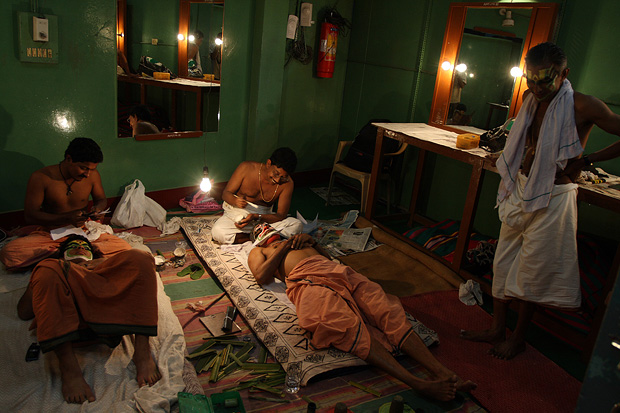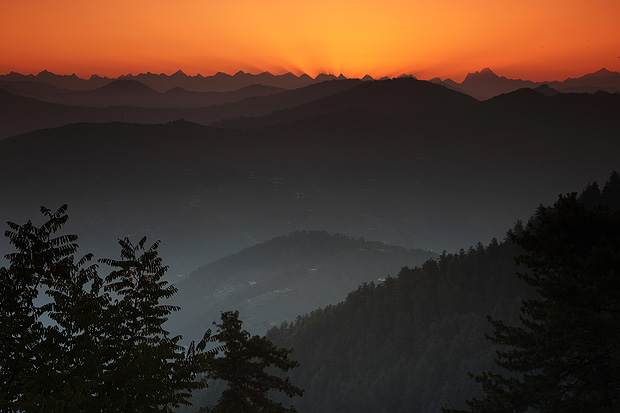 Our next photography workshop is happening in Bangalore on June 18th and 19th (Saturday and Sunday), where I will be taking sessions on the nuances of making better photographs. The workshop includes a well thought-out field session with exercises that help you get a practical understanding of the coverage from the session.
Our next photography workshop is happening in Bangalore on June 18th and 19th (Saturday and Sunday), where I will be taking sessions on the nuances of making better photographs. The workshop includes a well thought-out field session with exercises that help you get a practical understanding of the coverage from the session.
Introduction
This workshop introduces you to the technical, artistic and social aspects of photography. You will learn about the concepts of photography, what the different modes of a camera mean, how to compose a photograph so that it catches the eye, how to post-process it to reflect reality or make it artistic, and, in an increasingly connected world, how to share it online. So the next time you click a photograph, you’ll create a memory to cherish.
See full details of the workshop here.
Along with fellow professional photographer Shreeram MV, I will be conducting a two-day workshop on digital photography at the end of this month in Bangalore. Read on for more details. Also join Darter Facebook Page to stay updated on upcoming workshops and photography tours.
This event is now fully booked. We will soon announce the dates of next workshop. Please email us at register@darter.in to get notified about upcoming workshops.
Dates and Venue
Saturday and Sunday, March 26th and 27th 2011
At Nandhana Grand, Koramangala, Bangalore.
Introduction
This workshop introduces you to the technical, artistic and social aspects of photography. You will learn about the concepts of photography, what the different modes of a camera mean, how to compose a photograph so that it catches the eye, how to post-process it to reflect reality or make it artistic, and, in an increasingly connected world, how to share it online. So the next time you click a photograph, you’ll create a memory to cherish.
Intended Audience
If you have an interest in photography and are keen to take better photographs, this workshop is for you. You would be required to bring your digital camera to the workshop.
Topics covered
Classroom Sessions
- Concepts of photography
- Introduction to photography
- Learning what makes a good photograph
- Technical aspects of making a photograph
- Focus, Aperture, Shutter-speed, ISO, Depth of Field, Exposure, Metering
- Camera modes and making the best out of your camera
- Understanding digital cameras and associated photography gear
- Composition – making visually appealing pictures
- Understanding quality and play of light
- Types of photography and their nuances
- Post-processing
- Social Networking and Photography
Field Session
- Guided outing session to practice concepts learnt in the classroom
- Review of photographs from field session
Registration Details
The workshop fee is Rs. 3,500/- per person.
Please email us at register@darter.in or call us at 9880006460 (Arun Bhat) / 9740083260 (Shreeram M V) to know more details and to register. Alternately, you can also send your queries or registration through the contact-form at the bottom of this page.
Your Photography Experts
Arun Bhat
Accomplished travel and landscape photographer Arun Bhat’s works have been used by publications in India and across the world, all the way from Japan to USA. He is a professional photographer who has extensively travelled across India, creating some of the finest imagery of India’s landscapes and heritage sites. Some of his work can be viewed at www.paintedstork.com
Shreeram M V
Shreeram is a passionate naturalist and a professional wildlife photographer. He has photographed wildlife across multiple habitats across India – from the rainforests to the high-altitude deserts to grasslands to coasts. He comes with vast expertise in bird photography, having photographed hundreds of species from places as far as mountains of Ladakh to the beautiful forests of the North-east to the vast wildernesses of Kutch to the seashores of South India. See some of his works at www.visualquotient.net
Register
Use the contact-form below or email us at register@darter.in or call us at 9880006460 (Arun Bhat) / 9740083260 (Shreeram M V) to know more details and to register.
[contact-form 8 “Photography Workshop”]
This article appeared in February issue of Terrascape, a travel magazine for which I am an editorial consultant and also write a column on photography. Read all the earlier earlier travel photography articles on India Travel Blog.
There is a good chance that you would have seen many brilliant sunrises and sunsets overlooking a beautiful landscape and yearned to freeze the moment with your camera. If you have tried it, you might have also noticed that your images might have turned out very dark, has shake or is not very clear. You might have also experienced similar problems when photographing something indoors where the light is low – it could be just a casual click in your house, a dazzling stage-performance or a party with friends. This month’s photo-tips is about avoiding such problems and taking better images in low-light.
Equipment. Basic cameras normally do not perform well in low-light. Even if they appear to make decent-looking images when you see on LCD, it shows a lot of noise (grains and undesirable colour dots) when you see on a big screen. It helps to have good equipment that can handle low-light. Use a camera that lets you control the aperture and ISO, which play a key role in controlling the quality of your photos in low-light. Mount the camera on a tripod if you are shooting subjects that are not moving. Your ideal choice of equipment will be a digital SLR along with a lens that has a wide aperture to let in more light and also stabilizes hand vibrations. Use a good external flash for indoor use. If you are using an on-camera flash, know that it can light up only a few feet in front of you. It is not much use to use an on-camera flash in a large hall.

Technical aspects. Besides having good equipment, it is important to understand all the controls that you camera can offer. Know how shutter speeds, aperture and ISO work when you capture an image. Set the aperture wide open and ensure that your shutter speed is not very low. Find out the highest ISO at which your camera makes acceptable images and set it to that value. You are likely to get a shake-free image only if there is enough light to allow shutter speeds faster than 1/60sec. But a stable hand can help you take pictures in lesser speeds.

Hold the camera steady. If you are not shooting with a tripod, it is important to learn to hold your camera steady. Your hands shake less if they are close to your body, so use the viewfinder to compose instead of LCD. Breathe in before you shoot, hold your breath and release the shutter. Unless your camera has a very small lens, support the lens with your left hand and grip the camera body with right hand. If the camera supports shooting in burst more, fire a few shots together and pick the one that has least shake.
 Our next photography workshop is happening in Bangalore on June 18th and 19th (Saturday and Sunday), where I will be taking sessions on the nuances of making better photographs. The workshop includes a well thought-out field session with exercises that help you get a practical understanding of the coverage from the session.
Our next photography workshop is happening in Bangalore on June 18th and 19th (Saturday and Sunday), where I will be taking sessions on the nuances of making better photographs. The workshop includes a well thought-out field session with exercises that help you get a practical understanding of the coverage from the session.
